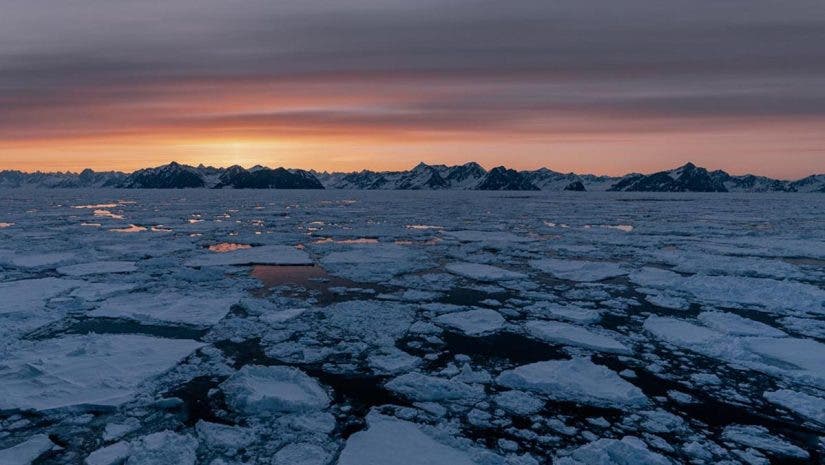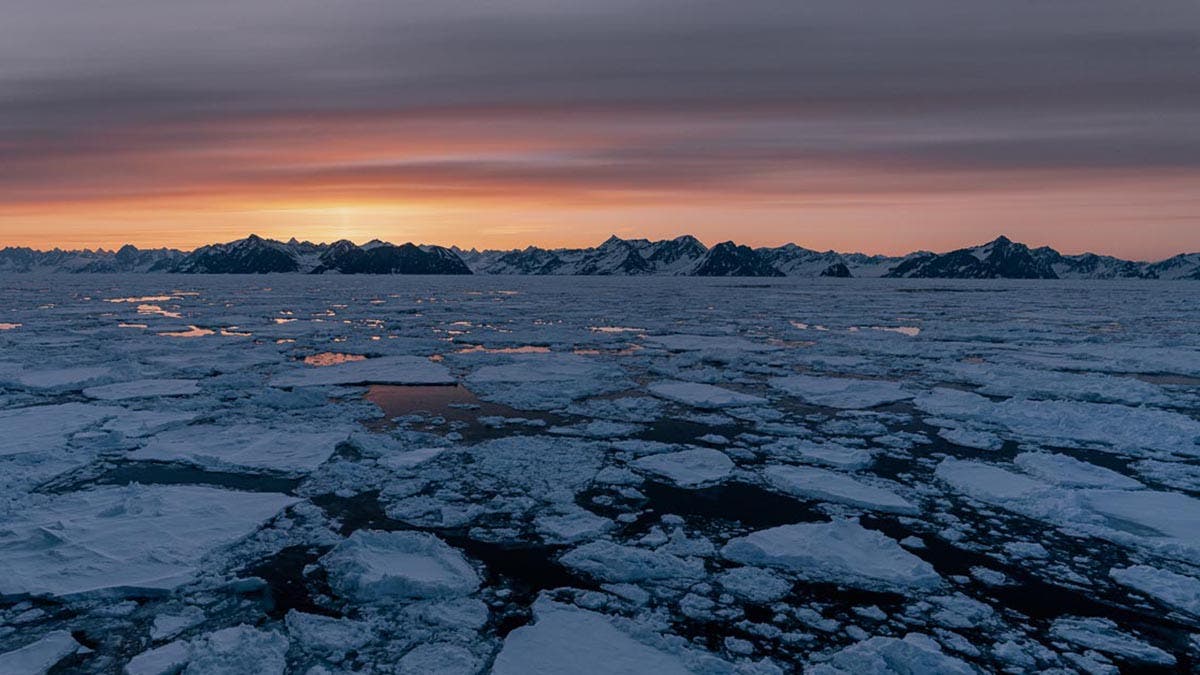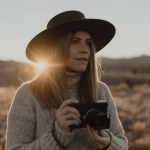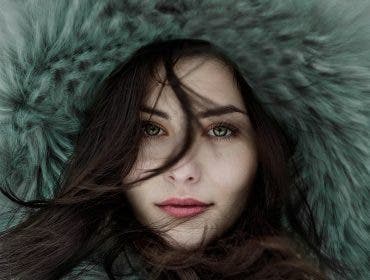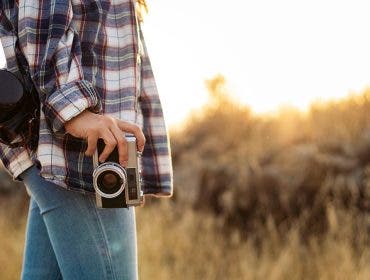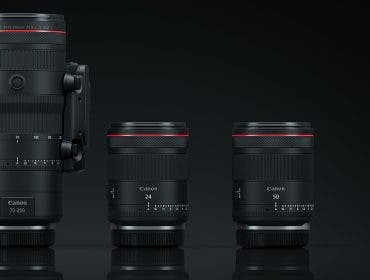Continuing this series, Melissa Field helps you understand the basics of photography so you can bring your vision to life. In the last installment, we discussed the exposure triangle and histograms. This article will feature the rules of composition and lens selection.
COMPOSITION BASICS.
THE RULE OF THIRDS: Rules of Composition
You may notice that your smartphone camera has a grid display; if it doesn’t, I recommend turning it on in the settings. This feature is also available on mirrorless and DSLR cameras and can help you learn composition.
As you might have guessed, the rule of thirds involves dividing the image into nine equal parts, with two equally spaced horizontal lines and two equally spaced vertical lines.
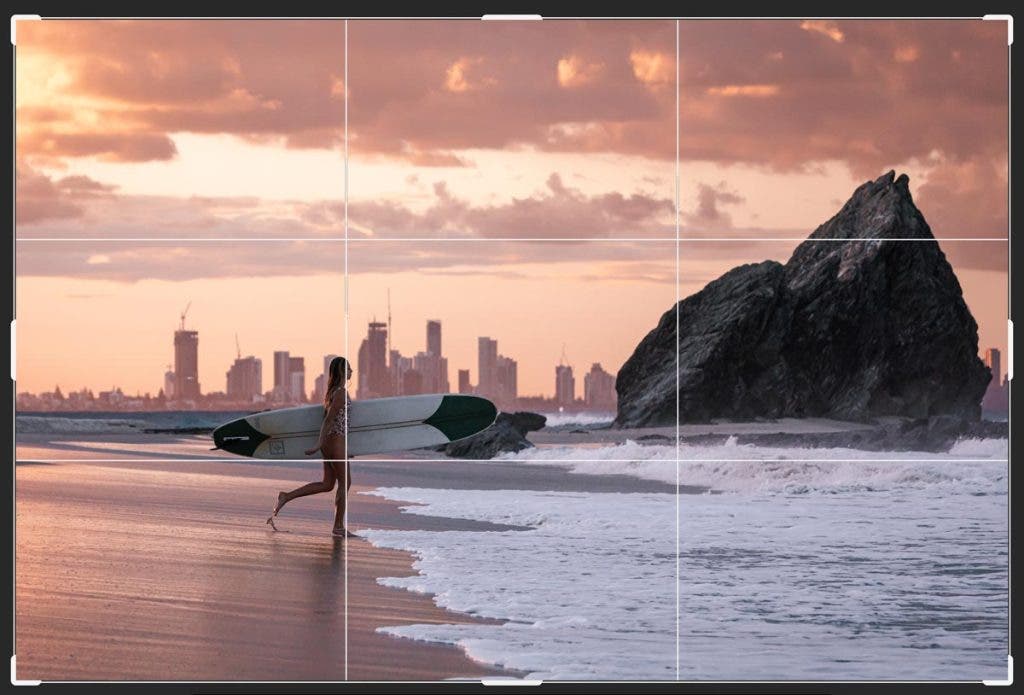
Consider placing key elements along these lines or at their intersections to create a visually compelling image. This approach helps balance the overall composition and harmonizes the image.
LEADING LINES: Rules of Composition
Leading lines create a visual journey and guide the viewer’s eyes toward either the main subject or point of focus. This technique creates depth in your images by layering elements or forcing perspective. Examples of leading lines are roads, rivers, and streams, shapes made by the human body, and/or architectural lines. Leading lines make for more dynamic and engaging photographs.
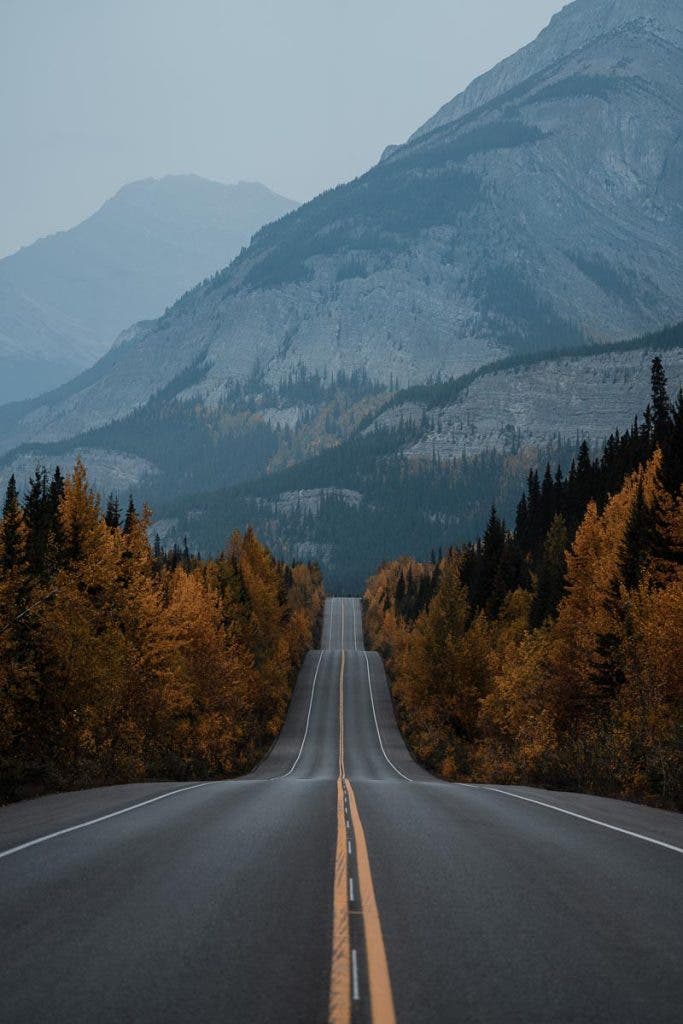
FRAMING: Rules of Composition
As a nature photographer, “crammed by nature” is one of my favorite techniques. However, common elements like windows, archways, and reflections can help guide the viewer’s focus, drawing attention to the subject or point of focus while creating a sense of layering and depth to the image.
There are more rules to learn, but these are more like guidelines to help you create visually compelling images. Like the rule of thirds mentioned earlier, they are valuable for refining your photography skills. Still, it’s also important to experiment with your vision and style.

LENS SELECTION AND FOCAL LENGTH
Similar to the sentiment that the best camera you have is the one you know how to use, the lens that came with your camera is often the best to start with. We call that a kit lens. Let’s discuss the difference between prime, zoom, wide, telephoto, and specialty lenses.
WIDE ANGLE LENS
A wide angle lens is considered to range from 14mm to 35mm for full frame cameras and as you may have guess it offers an extended field of view (or wider angle). Widely used by landscape, underwater or architectural photographers to get more of the scene in the frame.
Wide angle lenses, however, can distort the image, especially at the edges of the photograph by making lines appear curved or morphing facial features if used for close-ups of people or animals.
TELEPHOTO LENS
A telephoto lens is designed to be used to capture distant subjects with high magnification. Typically, but not exclusively used by sports and wildlife photographers, the range of a telephoto lens can be anywhere from 70mm to 600mm plus. Telephoto lenses create what is called compression. Compression is referred to as the visual effect of compressing distant objects and flattening the perspective. Effectively bringing them closer together in the frame. Conversely, a wide angle lens would exaggerate the scene. This makes a telephoto a great lens choice for portrait photographers.
MACRO LENS
A macro lens is a speciality lens used for capturing intricate, magnified images. Think of extreme close-ups photos of bugs and insects or products such as rings and fine jewellery. Wildlife photographers, to product photographers use macro lenses to explore and document smaller subjects or textures with exceptional detail, sometimes unseen to the human eye.
PRIME LENS
A prime lens or a fixed focal length (e.g., 35mm, 50mm, 85mm) does not offer zoom capabilities, meaning if you want to get closer to your subject (assuming it is safe to do so), you will need to change your position physically. Prime lenses are often favored due to their wider apertures (remember that is a smaller f-stop number like f/1.4 or f/2.8) and due to the quality of the glass and overall sharpness. Typically, but not exclusively, portrait and wedding photographers use prime lenses. As a nature photographer, I use my 35mm and 50mm prime lenses daily!
ZOOM LENS
The “zoom” in zoom lens means you can change your focal length with a twist of the lens. You’ve probably heard the term “zoom in.” While all (or most) kit lenses are zoom lenses, not all zoom lenses are kit lenses. The difference is usually found in the lens’s aperture and the glass’s quality. This results in an increased price point. Additionally, some zoom lenses are wider or longer or cover a greater range than the typical kit lens. In the past, zoom lenses have been considered to be of lesser quality than prime lenses. This is no longer the case; professional photographers of all genres use zooms in their work. Some classic zoom ranges are 16-35mm, 24-70mm, and 70-200mm.
KIT LENS
A Kit lens is typically affordable, versatile, and bundled with a camera body (e.g., 24-105mm). It is commonly a zoom lens that covers a range of focal lengths, making it versatile for shooting in various situations and a great jumping-off point for beginners.
OTHER SPECIALTY LENSES:
From here we start to get into additional types of lenses like Fish-Eye lens (aka ultra-wide angle creating a circular distortion) and Tilt-shift lens (to control the focal plane and perspective distortion) etc.
There is a world to explore and expand when you change your lens you change your perspective and open up new opportunities to tell your story uniquely.
